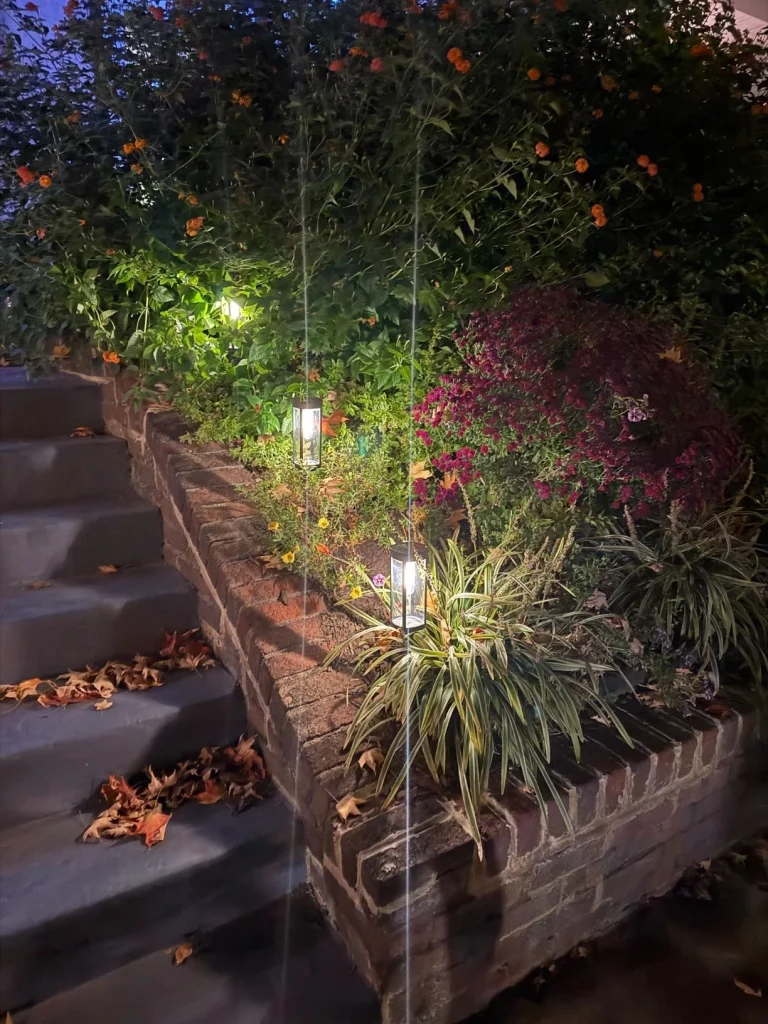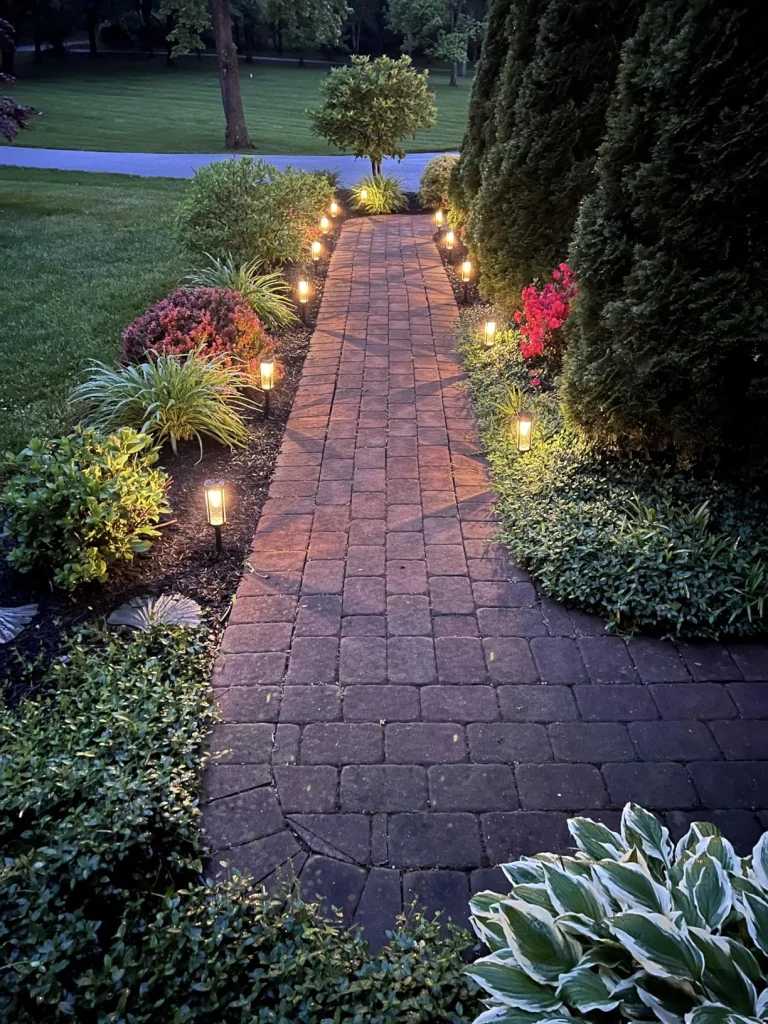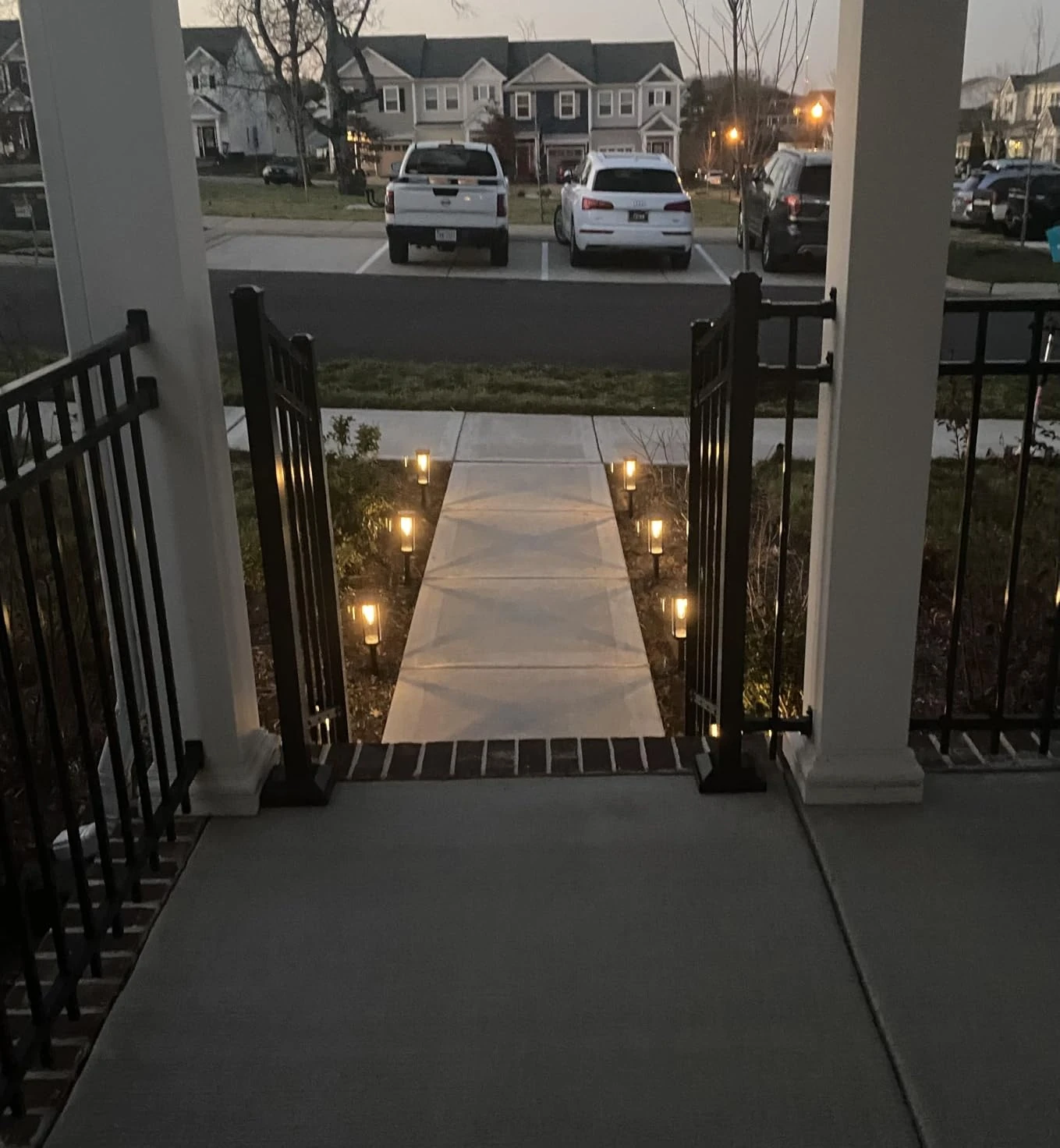The growing popularity of solar powered lights stems from their ability to provide energy-efficient lighting while reducing reliance on traditional electricity sources. A question that often arises is: Can a solar powered light power itself? At first glance, the idea of a light generating its own energy seems plausible, given the self-contained nature of solar lighting systems. However, the reality is more complex. This article explores the mechanics of solar powered lamps, their dependency on external light sources, their performance under various conditions, and whether they can sustain themselves indefinitely, offering a comprehensive guide for those interested in sustainable outdoor lighting.

How Solar Powered Lights Operate
To determine if a solar powered light can power itself, it’s essential to understand its core components. These lights rely on photovoltaic cells, typically made of silicon, which convert sunlight into electricity through the photovoltaic effect. When sunlight hits the solar panel, it excites electrons, generating an electric current that charges a rechargeable battery. This stored energy powers LED lights at night. Most systems include a light sensor or motion sensor to automate operation, ensuring energy is used efficiently.
Unlike grid-connected lights, solar powered lamps operate independently, making them ideal for off-grid lighting in gardens, pathways, or remote areas. The efficiency of this process depends on the solar panel efficiency and the intensity of light received. While solar powered lights are designed to harness natural sunlight, the question remains whether their own light output could theoretically recharge their batteries.
Can a Solar Light’s Own Light Recharge Its Battery?
The short answer is no—a solar powered light cannot effectively power itself using its own light output. The LED lights used in solar lighting systems emit light at a much lower intensity and in a different spectrum compared to sunlight. Solar panels are optimized to capture solar radiation, which includes a broad spectrum of wavelengths, particularly in the visible and ultraviolet ranges. In contrast, LED lights emit a narrower spectrum, often tailored for illumination rather than energy generation, making them inefficient for charging photovoltaic cells.
Even if a solar panel could capture some energy from the light emitted by its own LED lights, the process would be highly inefficient. The energy output of the LED lights is a fraction of the energy stored in the rechargeable battery, and the conversion efficiency of the solar panel would further reduce the usable energy. This creates a net energy loss, as the solar powered light would consume more energy to produce light than it could recover. Additionally, solar powered lamps are designed to operate at night when the solar panel is inactive, further preventing self-charging.
The Role of External Light Sources
Since solar powered lights cannot recharge using their own light, they rely on external sources, primarily sunlight. Direct sunlight provides the highest intensity of solar radiation, enabling rapid charging—typically 4-8 hours for systems like solar street lights to fully charge a rechargeable battery. Manufacturers recommend placing solar panels in areas with maximum solar exposure, ideally south-facing in the Northern Hemisphere, to optimize energy capture.
However, solar panels can also harness diffuse light—sunlight scattered by clouds or reflected by surfaces—allowing them to charge even on overcast days. While efficiency drops to 10-30% under heavy cloud cover, high-quality monocrystalline solar panels perform better in low-light conditions, making solar garden lights viable in regions with variable weather. Some users wonder if artificial light sources, such as incandescent bulbs or streetlights, could charge solar powered lamps. While technically possible, artificial light is far less intense than sunlight, requiring significantly longer exposure—often 2-5 times longer—to achieve a minimal charge, rendering it impractical.
Performance in Different Environmental Conditions
Cloudy and Overcast Conditions
Cloudy skies reduce the intensity of solar radiation, impacting the charging capacity of solar powered lights. On overcast days, solar panels may produce only 10-25% of their maximum output, depending on cloud density. However, diffuse light still enables charging, and technologies like Maximum Power Point Tracking (MPPT) controllers optimize energy harvest. Occasionally, cloud lensing—where high-altitude clouds amplify sunlight—can enhance performance, making solar lighting systems more resilient than commonly assumed.
Rain and Snow
Light rain allows solar powered lamps to charge, as solar panels can capture diffuse light through clouds. Rainfall also cleans panels, removing dust and debris to improve solar panel efficiency. For solar pathway lights, this natural cleaning effect is a practical benefit. Heavy snow can block sunlight, but modern solar powered lights often feature angled panels to shed snow, and light snow permits some solar radiation to pass through. Cold temperatures can even boost solar panel efficiency by reducing electrical resistance in photovoltaic cells.

Shaded Areas
Shade from trees, buildings, or other structures can significantly reduce the output of solar powered lights. Partial shading impacts solar cells connected in series, lowering overall performance. Innovations like bifacial solar panels, which capture light on both sides, and microinverters, which optimize individual cell output, help mitigate these effects. For solar garden lights in shaded areas, choosing monocrystalline solar panels or repositioning lights to avoid obstructions can enhance solar exposure.
Strategies to Enhance Solar Light Efficiency
To maximize the performance of solar powered lights, consider the following approaches:
- Optimal Placement: Position solar panels to receive maximum solar exposure, ideally tilted to match the local latitude and facing south in the Northern Hemisphere. Avoid shaded areas to ensure consistent charging.
- High-Quality Panels: Select monocrystalline solar panels for superior solar panel efficiency, especially in low-light conditions. These panels are more durable and effective for sustainable outdoor lighting.
- Regular Maintenance: Clean solar panels periodically to remove dirt, dust, or snow, as these can reduce light absorption. While rainfall helps, manual cleaning with a soft cloth and water may be necessary in dry regions.
- Advanced Technologies: Opt for solar powered lights with MPPT controllers or smart inverters to optimize energy output. Bifacial solar panels can increase efficiency by capturing reflected light.
- Battery Management: Ensure the rechargeable battery has sufficient capacity to store energy for nighttime or cloudy days. Regularly check battery health to prevent performance degradation.
- Reflective Surfaces: In low-light environments, use mirrors or reflective materials to redirect solar radiation onto the solar panel, boosting energy capture.
Advantages of Solar Powered Lights
Solar powered lamps offer numerous benefits, making them a compelling choice for eco-friendly lighting. They eliminate reliance on grid electricity, reducing energy costs and environmental impact. Their energy-efficient lighting design, often paired with LED lights and motion sensors, minimizes energy waste. Installation is simple, requiring no wiring, which makes them ideal for off-grid lighting in remote areas or as solar pathway lights in residential settings.
Their ability to function in various weather conditions enhances their versatility. Whether used as solar street lights in urban areas or solar garden lights in backyards, these systems provide reliable, low-maintenance illumination, aligning with global renewable energy goals.
Addressing Misconceptions
A common misconception is that solar powered lights are ineffective without constant sunlight. While direct sunlight optimizes performance, diffuse light and indirect sunlight enable charging, making them suitable for diverse climates. Another myth is that solar powered lamps can recharge using their own light output. As explained, the inefficiency of LED lights for charging solar panels makes self-powering unfeasible, underscoring the need for external light sources.
The Future of Solar Lighting Technology
The field of solar lighting technology is advancing rapidly. Emerging perovskite solar cells offer higher solar panel efficiency and improved low-light performance. Advances in battery storage systems are extending the operational life of solar powered lights, while smart inverters and MPPT controllers optimize energy use. These innovations will make solar powered outdoor lights more reliable and accessible, supporting the transition to renewable energy solutions.
Conclusion
Solar powered lights cannot power themselves due to the inefficiency of their LED lights for recharging solar panels. Instead, they rely on external light sources, primarily sunlight, to charge their rechargeable batteries. While direct sunlight maximizes solar panel efficiency, diffuse light and indirect sunlight enable functionality in various conditions. By optimizing placement, using monocrystalline solar panels, and leveraging technologies like MPPT controllers or bifacial solar panels, users can enhance performance. As eco-friendly lighting solutions, solar powered lights offer a sustainable, cost-effective way to illuminate outdoor spaces, contributing to a greener future.

Comments